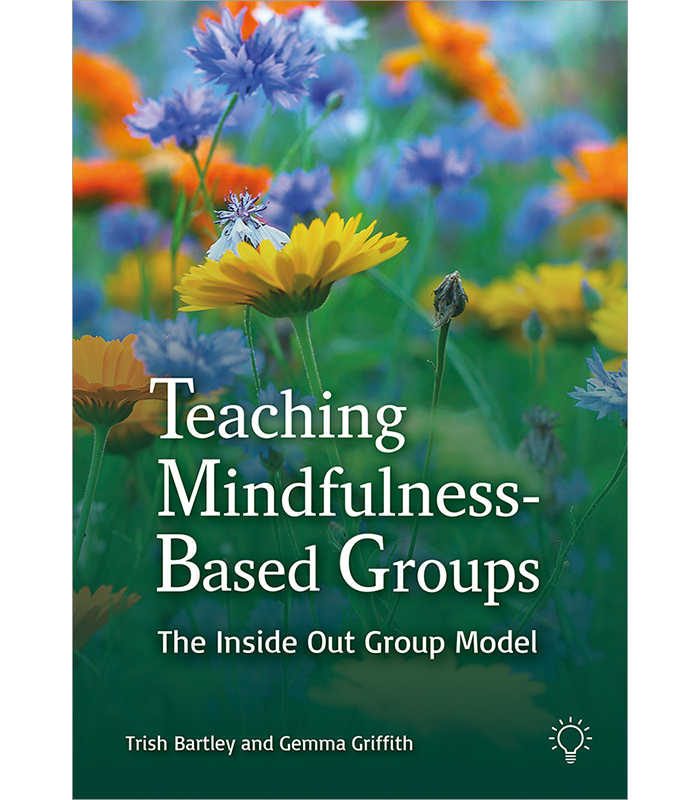Description
Mindfulness offers individuals the means to enhance their well-being by changing the way they relate to challenging experiences. Mindfulness-based programs were designed to be taught in groups, and almost all trainees learn this way, yet there has been little research into the impact of the group on the overall learning experience and how this can be exploited to enhance outcomes for each participant. Based on the authors’ ‘Inside Out Group’ (IOG) model, this book offers a clear and simple way to understand the complexities of group processes in mindfulness-based programs based on four key capacities: 1. Inside out embodying (non-judgemental present moment awareness); 2. Reading the group (understanding events based on group processes); 3. Holding the group (cultivating an environment to facilitate learning); and 4. Befriending the group (engaging the heart in mindfulness teaching).
Authors
TRISH BARTLEY has been involved in MBCT since its early development in the UK, and has been taught by Jon Kabat-Zinn, John Teasdale and Mark Williams. She is a founding member of the Centre for Mindfulness, Research and Practice (CMRP), Bangor University, where she teaches the master’s program. She also trains teachers and leads retreats in the UK and abroad. She is the co-founder of Mayfly, a consultancy offering brief mindfulness training to the NHS and health and social care teams.
GEMMA GRIFFITH is Senior Lecturer and Director of Postgraduate Programmes at the CMRP, Bangor University. She also trains teachers in the Netherlands and South Africa and runs courses for the general public via The Mindfulness Network. Her research interests include mindful parenting, qualitative research, and how mindfulness-based interventions can be adapted for people with learning disabilities.
Content
Table of Contents
Foreword by Willem Kuyken
INTRODUCTION
1: The value of the mindfulness-based group
2: The dimensions of mindfulness-based teaching
3: The evolution of pedagogical theory
4: The research
PART 1: INSIDE OUT EMBODYING
5: Inside out embodying
6: Launching the mindfulness-based group
PART 2: READING THE GROUP
7: Reading the mindfulness-based group
8: Impact of personal histories and social constructs
9: Body language
PART 3: HOLDING THE GROUP
10: Holding the mindfulness-based group
11: Inside out practice guiding
12: Inside out inquiry and facilitation
13: Online considerations
PART 4: BEFRIENDING THE GROUP
14: Befriending the mindfulness-based group
15: Four friends for life
16: Ending the mindfulness-based group
CONCLUSION
Personal postscript
Details
Publisher: Pavilion Publishing and Media Ltd
Publication Date: 13th June 2022
ISBN: 9781803880846









Reviews
There are no reviews yet.